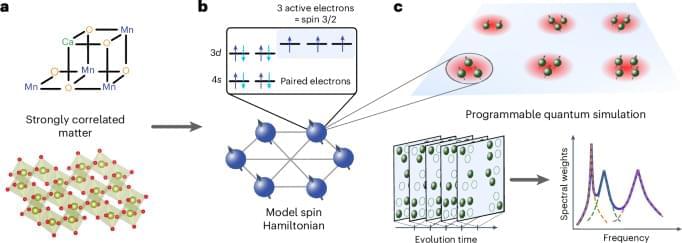PORTLAND, Ore. (KOIN) – January 26 marked the 325th anniversary since the last earthquake struck the Cascadia Subduction Zone. Centuries later, the ancient quake has left clues for scientists to prepare for the next one.
The massive magnitude 9 quake stretched from Northern California to British Columbia, and sent a tsunami to Japan, researchers have found.
“The last Cascadia earthquake and tsunami occurred on January 26 in the year 1700 and it reached the shores of Oregon at approximately 9 p.m. The reason we can constrain it so tightly to that time of day even is in part because of Japan, who had very detailed records at that time of what they were experiencing on their coastline,” Laura Gabel, a geologist with the Oregon Department of Geology and Mineral Industries told KOIN 6 News Monday. “Also, Native American lore talked about the tsunami, the large shaking event and then water coming onshore.”









